Why do kids have such trouble with transitions? 6 transition strategies to help kids handle the hard points in the day without tears or tantrums. Routine cards could be the missing link in your home, and lifesaver you’ve been wishing for!
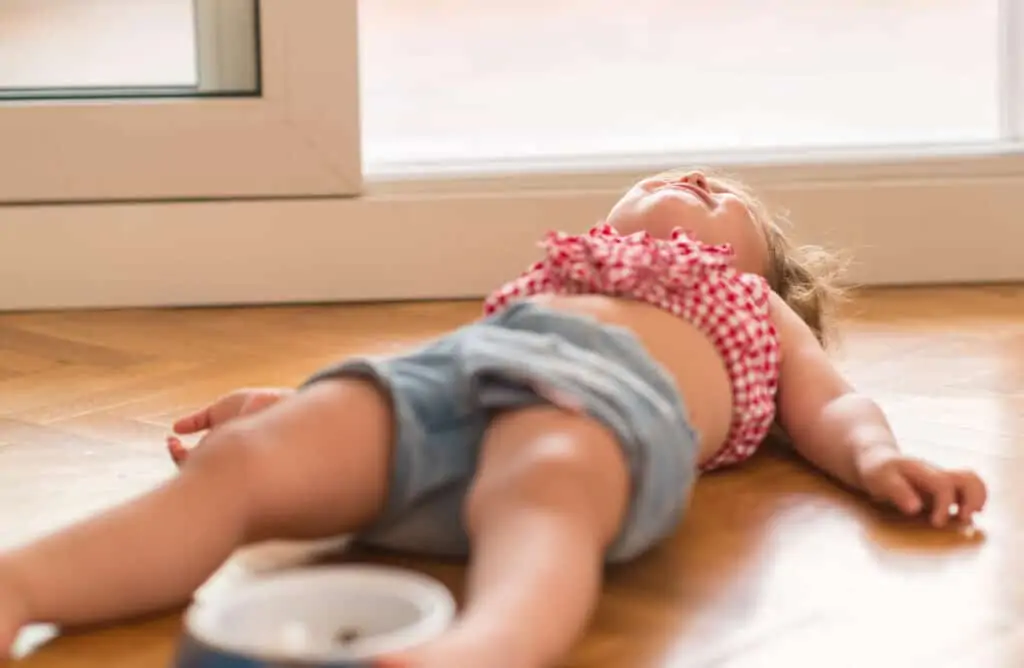
How Can We Help Kids with Transitions?
Research studies prove children, who are naturally creatures of habit, thrive with the consistency and safety of having a routine.
Over the course of a day, routines move from one point to the next with many transition points and things can either go smoothly, or turn into one crisis after another for a child who struggle with them.
Of course, transitions from one activity to the next, or moving from one place to another takes a lot of energy and requires a mindset shift.
It’s no wonder they’re hard for most people, not just children.
When you ask a child to change directions and go from doing something fun or playful they want to do, and mentally shift to doing something they must do or are told, this transition often proves to be the biggest challenge for parents.
If you are curious or want to skip ahead, here are the bullet-points to Helping Kids with Transitions:
Emotionally Charged Transition Times for Kids
The stop and start of transition periods can be emotionally charged times for some children and it’s not uncommon to see these kinds of reactions:
- Screaming
- Tantrum
- Crying
- Whining
- Resistance
- Defiance
- Anger
- Not Listening
- Overwhelmed by Big Emotions
- Delaying the Transition
- Running Away
Common transitions periods you may see which provoke big displays of emotion:
- Nap times and bedtime
- Stopping play to clean up
- Clean up times
- Leaving the park, pool or fun place
- Leaving playdates
- Getting out of the bath
- Saying goodbye to friends and family
- Transition to running errands and doing “to do” list items instead of play
Transitions?
The bad news?
The response your child gives you, has a lot to do with how they’ve been parented, according to Dr. Matthew Rouse, a clinical psychologist in the ADHD and Disruptive Behavior Disorders Center at the Child Mind Institute.
“It really depends on how the adults in his life have responded,” says Dr. Rouse.
Some kids throw a tantrum, delay leaving, or negotiate, and some go with the flow and move along to what’s next with so much as batting an eye.
Why is that?
Children are very smart and perceptive at reading the adults in their lives parents and find new tactics when one is not effective at prolonging a transition.
For example, if your child used to throw a tantrum at the first signs of a transition because he couldn’t manage emotions, maybe now he’s moved onto delaying his departure from the park.
While you successfully curbed the misbehavior because he learned more appropriate ways to handle his emotions, he’s now become an expert at delaying leaving by pushing a “just five more minutes” countdown to 15 or 20 minutes, which is still a no-win situation for the parent.
There are different challenges some children face that contribute to making transitions particularly tough.
Before we dig into how to make transitions easier for the parent and child, first we need to talk about why these points in the day can be super hard for some kids.
Triggers Can Make Transitions Difficult for Children
By understanding triggers which amp up big emotions in some children, you can find solutions to help manage transition periods better.
-
Lack of a Daily Routine
Children who don’t follow a routine lack a sense of safety and familiarity with their day to day. Periods of transition can be particularly hard for a child without a routine because they have a fear of the unknown which manifests itself as anxiety.
Resource: Mastering Sleep & Routines will teach you how to create or modify your routine for a great schedule everyone will benefit from.
We use routine cards (here are the exact boy routine cards and girl routine cards we use). I sent these to a local printer, and had them laminated. Now, the kids can shuffle through them at any point in the day to know what comes next, as well as any chores they need to do during the day. These routine cards have been a lifesaver!
If charts for kids work better in your house, here are 11 helpful charts for daily routine, rewards, chores and more that could prove to be a big assist with maintaining a daily routine.
-
Anxiety
Making the transition to a location or activity which has been a bad experience in the past for the child, can be upsetting for a child.
For example:
- Your child is afraid of dogs and you’re going on a playdate to house where they’ll be a large dog.
- Your child slipped into the pool and remembers the trauma of being underwater, so heading to the pool is a stressful destination.
- Your child was made fun of by a teammate at Soccer practice and the thought of going back to soccer practice makes them anxious and uncomfortable.
If you want more help for a child with anxiety…
Natasha from Anxious Toddlers, who is a Child Therapist and Child Anxiety Expert, has put together an awesome course to help you and your child Crush Anxiety.
If you want to take the course with me (it’s been incredibly helpful so I can assist my son with his anxiety at school and has already begun to improve our family dynamics), you can learn more about the course here.
Anxiety can rule not only your child’s life, but it can rule your life as well.
- Do you find yourself walking on eggshells around your child?
- Do you avoid things because you know it will cause your child anxiety?
- Are you always wondering when the other shoe will drop?
- With stomach issues, sleep troubles and constant panic, anxiety can consume the entire family.
Your child doesn’t deserve that. Your family doesn’t deserve that. Your child needs skills and you can help them learn to face their fears.
-
OCD
Children with obsessive-compulsive disorder (OCD) have an innate and intense need to act and do things perfectly. During a transition, they may feel they need to finish a project or wrap up their activity “the right way” before they can move on.
When kids are interrupted, or made to stop before they’ve completed what they’re focused on, the out of nowhere intense behavior they show makes the transition difficult.
-
ADHD
For kids with ADHD, it all comes down to what they perceive as rewarding, says Dr. Rouse.
“Kids with ADHD have fewer neurons in their reward centers, or neurons that aren’t as active in the reward centers of their brains, so they find things throughout their day less rewarding,” Dr. Rouse explains.
“When they do find something rewarding, they tend to hyper-focus on it, which explains why someone with ADHD seems all over the place but then can play video games for hours. Ask them to do something less rewarding (like putting away Legos), and you might hit resistance.”
6 Transition Strategies to Help Kids Manage Their Day
1. Create a Routine and Stick to It
Start by building a consistent routine you follow each day and soon enough you’ll see your child’s body adjust to the timing of the day with rest times, sleep times, meals and playtime. Soon, transitions from one point of the day until the next won’t be so much of a surprise.
A routine doesn’t have to follow a clock; you can use a rhythm to your day where at the same general point of each day you follow a pattern.
A bedtime routine is a great place to start and one of the most important for your child – and adults too! The predictability of the evening helps people settle into healthy sleep patterns.
This is where those routine cards I was telling you about can be a huge lifesaver! (Here are the same boy routine cards and girl routine cards we use every day.)
2. Give Your Child a Preview of the Day
In the morning, walk through the day with your child and give him a preview of what will unfold. Nothing is too small and the more details you include, the more confident your child will be about the upcoming transitions during the day.
For example, lay out the day like this:
- First we’ll have Breakfast,
- Then, we’ll Get Dressed, Brush Teeth, Brush Hair,
- Let’s Not Forget to Pack a Bag for the Playground,
- We’ll Have a Snack at the Park,
- After an Hour or So, We’ll Go to the Grocery Store to Pick up Groceries,
- We’ll Have Lunch at Home,
- And Then Naptime / Quiet Time,
- When You Wake up, Maybe We Can Play Outside,
- Then Dad Will Get Home from Work and We’ll Have Dinner Together,
- If the Weather is Nice, We’ll Take a Walk,
- Then Finish up with a Bath and Reading Before Bed
This may feel arduous but for a child who likes to be prepared, knowledge is power!
3. Be Clear with Countdowns
Springing a sudden change on anyone – child or adult – will likely be met with resistance and intense emotions.
Before each transition in the day, give your child a countdown and reason why you have a countdown.
For Example:
- “10 minutes until we need to leave and head to the grocery store…”
- “Five more minutes and then we need to go grab some groceries.”
- “One more minute until we leave. Let’s take one last trip down the slide.”
A countdown gives children space to emotionally prepare for the transition and several reminders of what’s coming up next so there’s no surprises.
4. Include Your Child in Decision Making
Transitions can be a power struggle for some children. Feeling powerless about the decisions that happen during the day, make children less compliant because they aren’t part of the decision-making process.
During the day, and if you can at transitions, involve your children when you have the flexibility to be part of the decision-making process of what comes next.
For Example:
- “Would you like to play in the backyard or go for a walk when you wake up from your nap?”
- “What sounds better to you… picking up sandwich stuff or ingredients for quesadillas for lunch, when we’re at the grocery store?”
- “When we’re all dressed for the day, do you think we should have bring our sand toys or our bike to the park today to play with?”
5. Use Visual Cues
Some kids benefit from having visual reminders for them to follow the flow of the day. Being able to flip through routine cards or a visual chart that plots out the day can reassure them and prepare for transition points.
Schools use visual charts, but they’re also very helpful at home, especially if there’s a part of the day such as bedtime or the morning where they need helpful reminders.
Dealing with big reactions and strong emotions? Calm Down cards can be a real life saver to help kids learn how to regulate their emotions and build healthy reactions – all on their own!
6. Point Out when Transitions Go Well
When your child does a good job moving from one activity to the next without a battle or big swirling emotions, recognize those things moments. Be specific by pointing out exactly what behavior you liked (and the more you point out the good stuff, watch as your child takes note and be ready to see more of it.)
For example, “Thank you for coming in when I asked you to and helping set the table. I really appreciate your help.”
For all that goes wrong, be sure to point out the times when things go right too! Remember the magic rule of 5:1 in parenting – for everyone 1 negative interaction, counter with five positive ones.
Recommended Books on Big Emotions & Feelings:
Need a little extra handling your child’s big emotions? Here’s a FREE Parenting Course to help you both turn things around.
What Are the Big Emotions Behind
More Parenting Resources:
- Handling Toddler Tantrums: Big Emotions & Helping Your Toddler Feel Heard
- Parents: 5 Steps to Teach Kids How to Manage Big Emotions (Free Printable)
- Navigating the After-School Meltdown: How to Help Your Child
- Help for a Child Who Reacts to Environmental Triggers & Sensory Overload
- Help Your Children Understand Emotions and Develop the Emotional Intelligence They Need

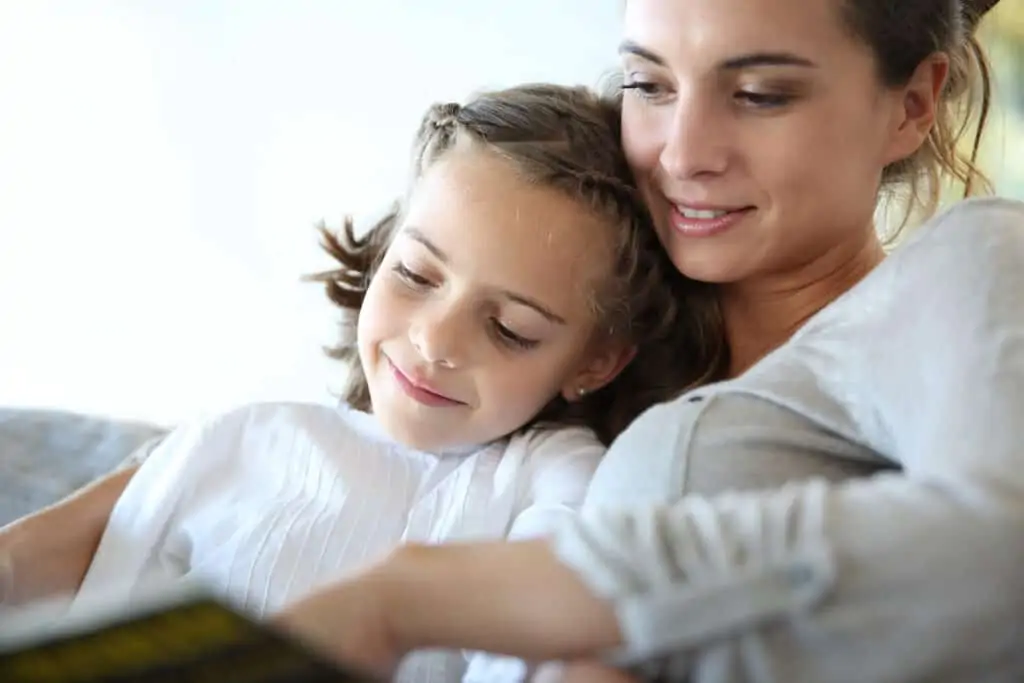









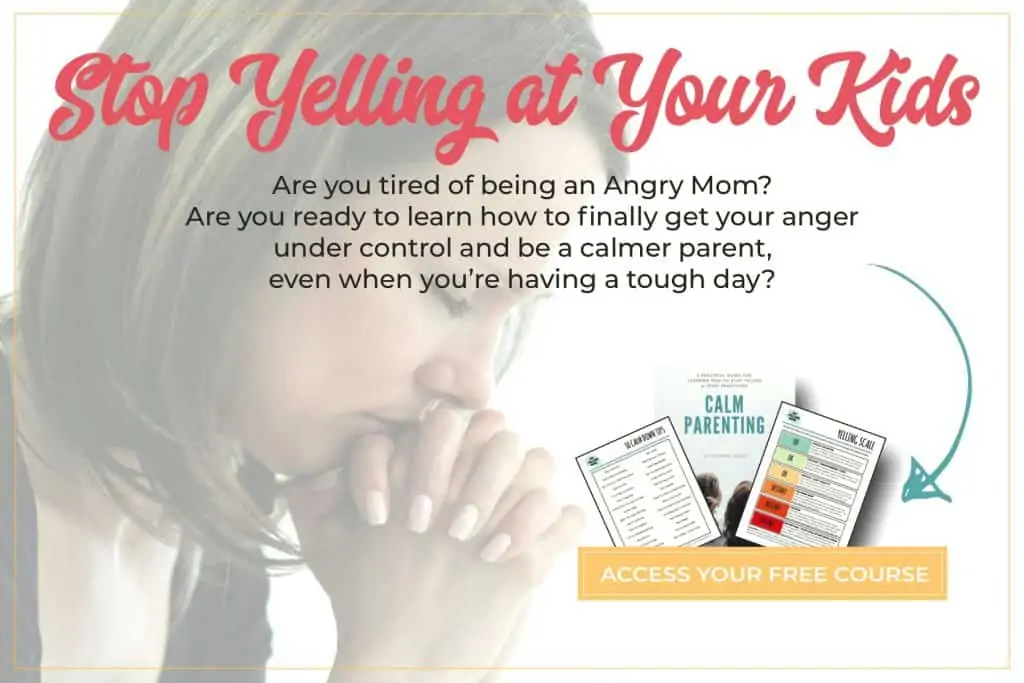

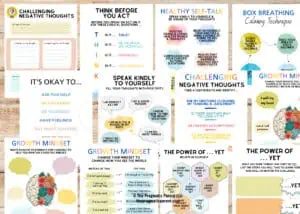
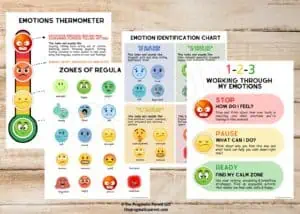
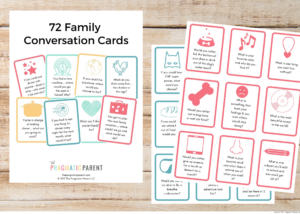
Barbara Chapman says
Where were you, Corinne, while my kids were growing up? 🙂 I did eventually learn a lot of what you shared in this wonderful post later on once I began working with Special Ed students in a school setting. Thanks for sharing these ideas and I G+, pinned and put on my FB page for you. <3
Enjoy your fall,
Barb 🙂
Barbara Chapman says
p.s. Thank you for sharing at Share Your Style #177 this week. 🙂